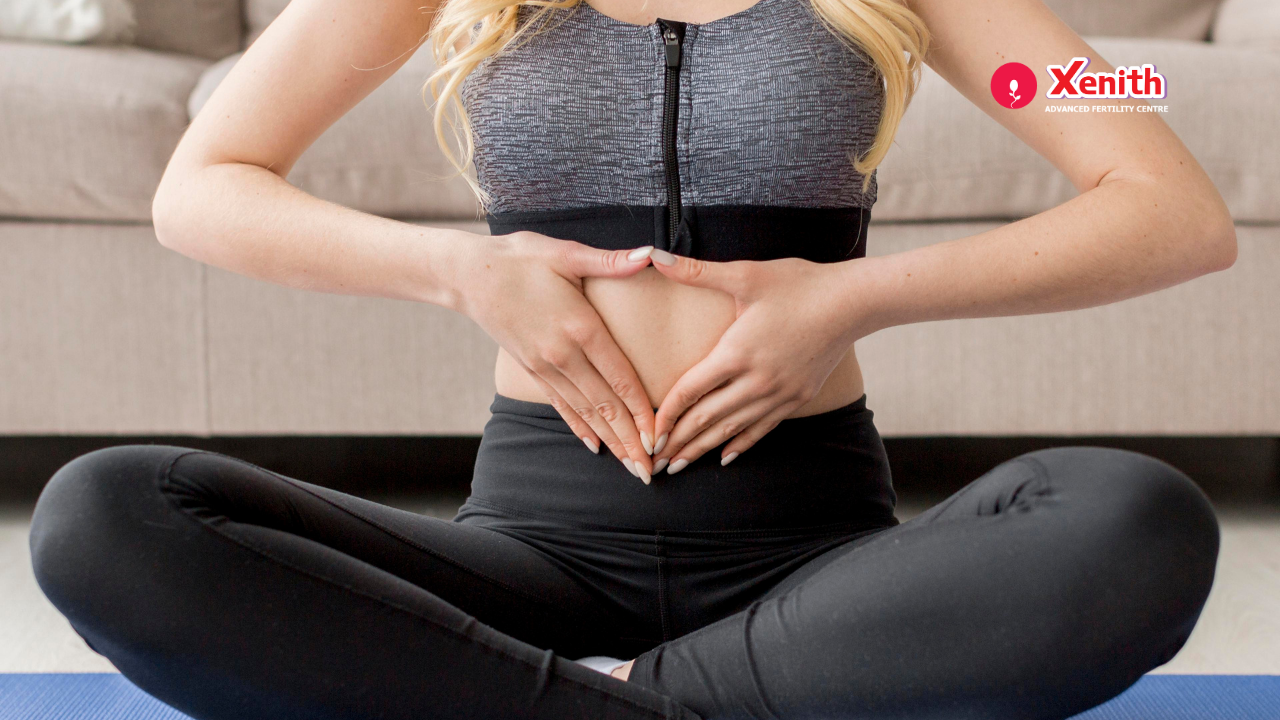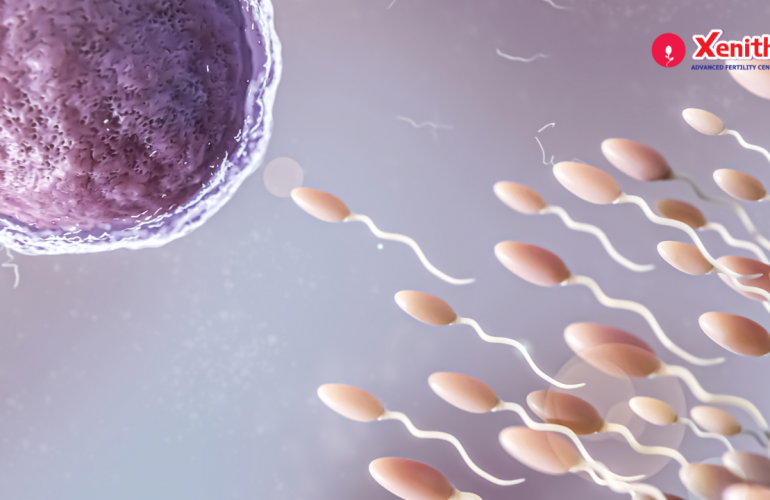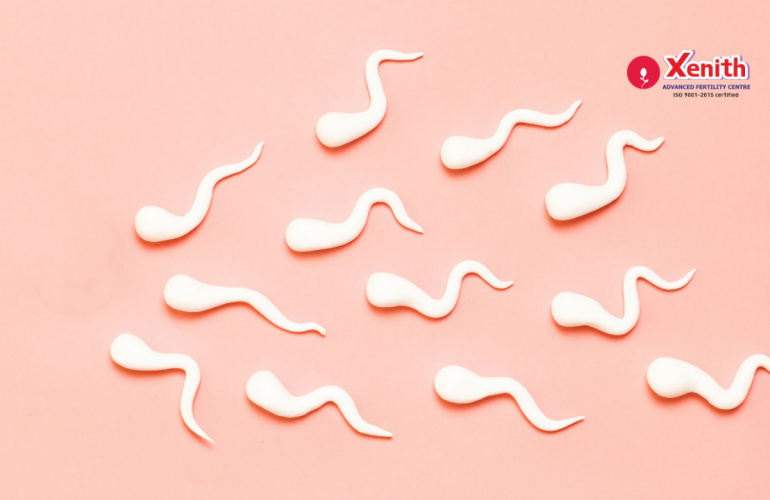Menstruation, also known as period, is the release of blood and tissue from the uterus lining through the vagina. The egg is released from the ovary every 28 days on average and if the egg isn’t fertilized by sperm, the uterus lining is shed through the vagina for 2 to 8 days marking the beginning of your period.
Sometimes women have irregular periods which could mean that the period comes unpredictably, they are heavier or lighter or they last longer or shorter than average. Irregular cycles could also mean the frequency of periods is longer than 38 days or shorter than 24 days. Premenstrual syndrome (PMS), which are the physical and mental symptoms that occur just before the period begins until a few days after the period begins, could also affect women negatively. Women might have to physically deal with menstrual pain which could include cramps, lower abdominal pain, tender breasts, nausea, exhaustion, headaches, or other symptoms. It could also cause irritability, food cravings, anxiety, sleeplessness and sadness and thus affect a woman’s quality of life on a monthly basis. Menstrual health could be affected due to various reasons like infections, pelvic inflammatory disease (PID), endometriosis, polycystic ovarian syndrome(PCOS), thyroid disease, fibroids, stress, excessive exercise, hormonal imbalances or diet. Treatment for the pain could range anywhere from using a heating pad to medications or even surgery. However, something that could help alleviate many of these issues naturally without medications is yoga. Yoga is an ancient Indian practice that focuses on various body poses (asanas), mind (meditation) and breathing (pranayama) all working together to make you more healthier and making you more aware of your own body. It could be used to deal with irregular cycles, relieving menstrual pain and discomfort and could also help with hormonal imbalances. It has a way of calming one’s brain and body. It improves strength, flexibility, respiratory and heart function, reduces stress, anxiety and depression, improves sleep patterns, decreases chronic pain, and improves the overall well being and quality of life in general.

Free Thursday Consultation
One study found that in some women, practicing yoga 5 days a week for 6 months decreased the levels of some hormones that cause irregular periods. (1) Many other studies have found similar results with decreased pain symptoms (2,3). Being overweight or being a smoker could also increase the risk of encountering various PMS symptoms.
Here are some yoga poses that could help you to have more regular menstrual cycles, ease menstrual pain and balance hormonal levels. (4) Please do these under the guidance of a trained yoga instructor so that proper breathing and body positioning is done without harm to your body.
- Bow pose or dhanurasana- could stretch and strengthen your back and stimulate the reproductive organs. It could also help ease menstrual pain. Lie on the ground on your stomach. Lift your legs backwards and grab hold of it with your hands as you raise your body up backwards.
- Garland pose or malasana- could help ease cramping and back pain. Keeping your feet hip distance apart, squat down. Spread your knees wide and hold hands in namaste position
- Reclined butterfly pose or suptabhadrasana- could open up your hips and help ease back pain and could relax your mind. Lie flat on your back and then bend your knees and bring the soles of the feet together.
- Reclining twist pose or jathara parivarthanasana- stretches your back and hips, could help deal with menstrual pain and stimulates digestive organs. Lie down on your back and then bend your left knee and tilt it over your right knee and hold the left knee with your right hand while facing the left side.
- Inverted leg pose or viparita karani- is very relaxing physically and mentally. It could help with blood circulation, digestion, and lowering blood pressure. Lie down with your back perpendicular to the wall and put the legs straight up on the wall with back straight on ground like the shape of an L.
- Bridge pose or setu bandhasana- could help control thyroid function especially for women dealing with PCOS and could stimulate the reproductive organs. Lying on the back with bent knees, feet flat on the floor hip width apart, and lift the hips and spine up with the weight on your shoulders and palms facing down.
- Locust pose or salabhasana- could help stimulate ovaries and uterus and could help people with diabetes. Lie on your stomach and hands alongside your body. Without bending your knees, lift your legs up backwards along with your head in the shape of U.
- Kapalbhati pranayama- could help reduce stress, reduce pain intensity, improve respiratory system, strengthen abdominal muscles, improve digestion, and improve brain function. It is a breathing technique with powerful forced exhalation followed by short, automatic inhalation and it involves contracting your stomach muscles while seated cross legged or on a chair.
- Child’s pose or balasana- is thought to relax your body, stretches your back, shoulders and hips and helps you to focus on your breathing. It begins by kneeling and sitting on your heels while spreading your knees. Then bend forward bringing the head to touch the ground and stretching the arms in front with palms facing downward
- Corpse pose or savasana- relaxes your body and mind and helps you be aware of your breathing and ease menstrual cramps. Lie down on your back with hands to the sides and feet slightly apart. Close your eyes and relax.
Yoga could be beneficial in improving menstrual health naturally. If you would like to learn more about this, please feel free to contact the experts at Xenith Advanced Fertility Centre.




